This collaborative approach contributed to increase the benefits of the centers’ research and interventions for smallholder farmers, consumers, and other actors in root, tuber and banana agri-food systems. RTB consolidates research in five interdisciplinary flagship projects (FPs), described throughout this report. Each flagship has a dynamic leader based in one of the centers. A flagship is a set of interrelated research ‘clusters’ with clear impact pathways through which RTB centers and their partners collaborate to achieve impact.
The nested impact pathways at the cluster and flagship project levels are at the heart of the program’s results-based management. A monitoring and evaluation system, aligned with the overall CGIAR performance management framework is implemented through MEL, an online planning, monitoring, evaluation, and learning platform, collaboratively developed with several CRPs and centers. In 2020, RTB collaborated with 221 partners, primarily national agricultural research organizations, academic and advanced research institutions, private companies and nongovernmental organizations (NGOs). These partnerships play an increasingly important role in scaling ensuring that research benefits women and men alike and engages youth.
RTB developed a set of collective knowledge assets through the RTB partnership collaboration in addition to crop-specific innovations that we call “golden eggs”. These are available as an online resource for wider use. Golden eggs can be defined as frameworks, approaches, tools together with their community of developers and users that show the value-added of the RTB partnership collaboration. These golden eggs can contribute to an array of research for development activities with wide applicability for roots, tubers and bananas as well as other crops. The golden eggs in the transition to the One CGIAR framework will contribute to the UN’s Sustainable Development Goals for 2030.
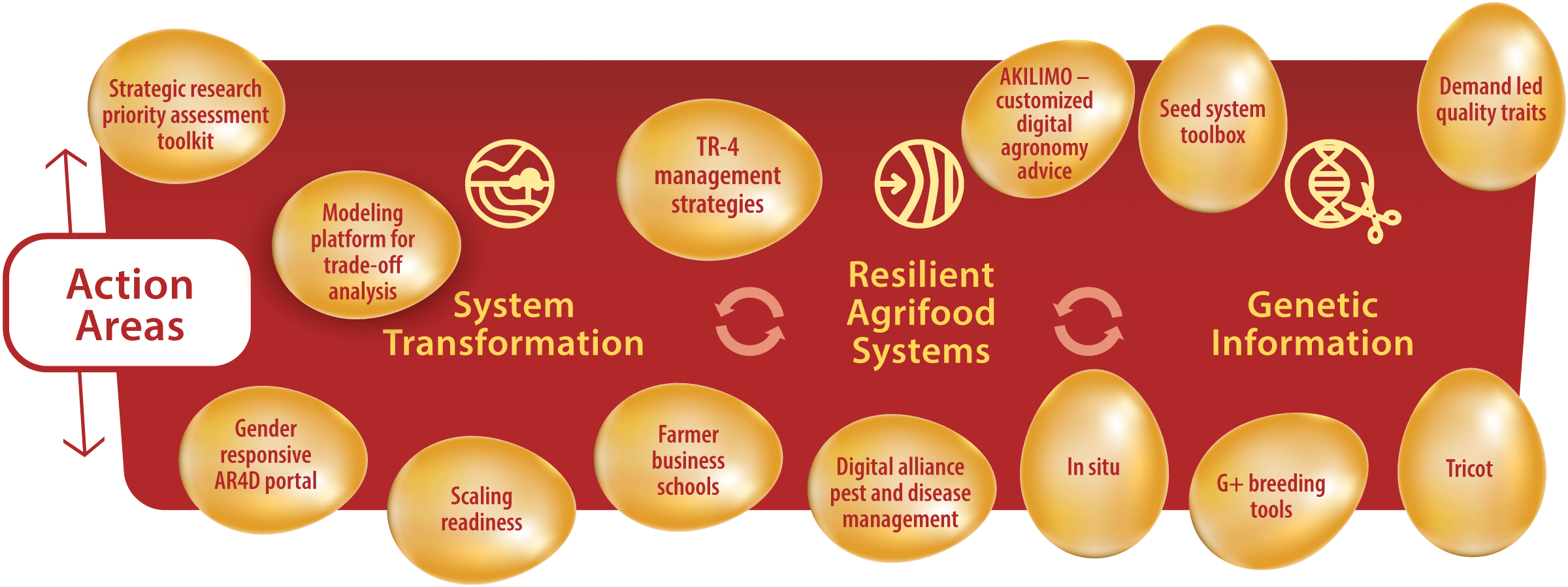
Source: One CGIAR research strategy 2030












20 million people (50% women) increased their income

RTB Where We Work 2019
Enhanced
genetic
resources
Adapted
productive
varieties and
quality seed
FEATURE
Resilient
roots, tubers
and bananas
Nutritious
food and
value added
Improved
livelihoods
at scale
helps take innovations to scale by developing and implementing tools and approaches that benefit more efficient and equitable scaling of the broad spectrum of RTB and CGIAR innovations. The RTB Scaling Fund provides a unique space to nurture the scaling of RTB innovations with our partners and to “practice what we preach” says Marc Schut, FP5 leader and senior innovation and scaling scientists with IITA and WUR.

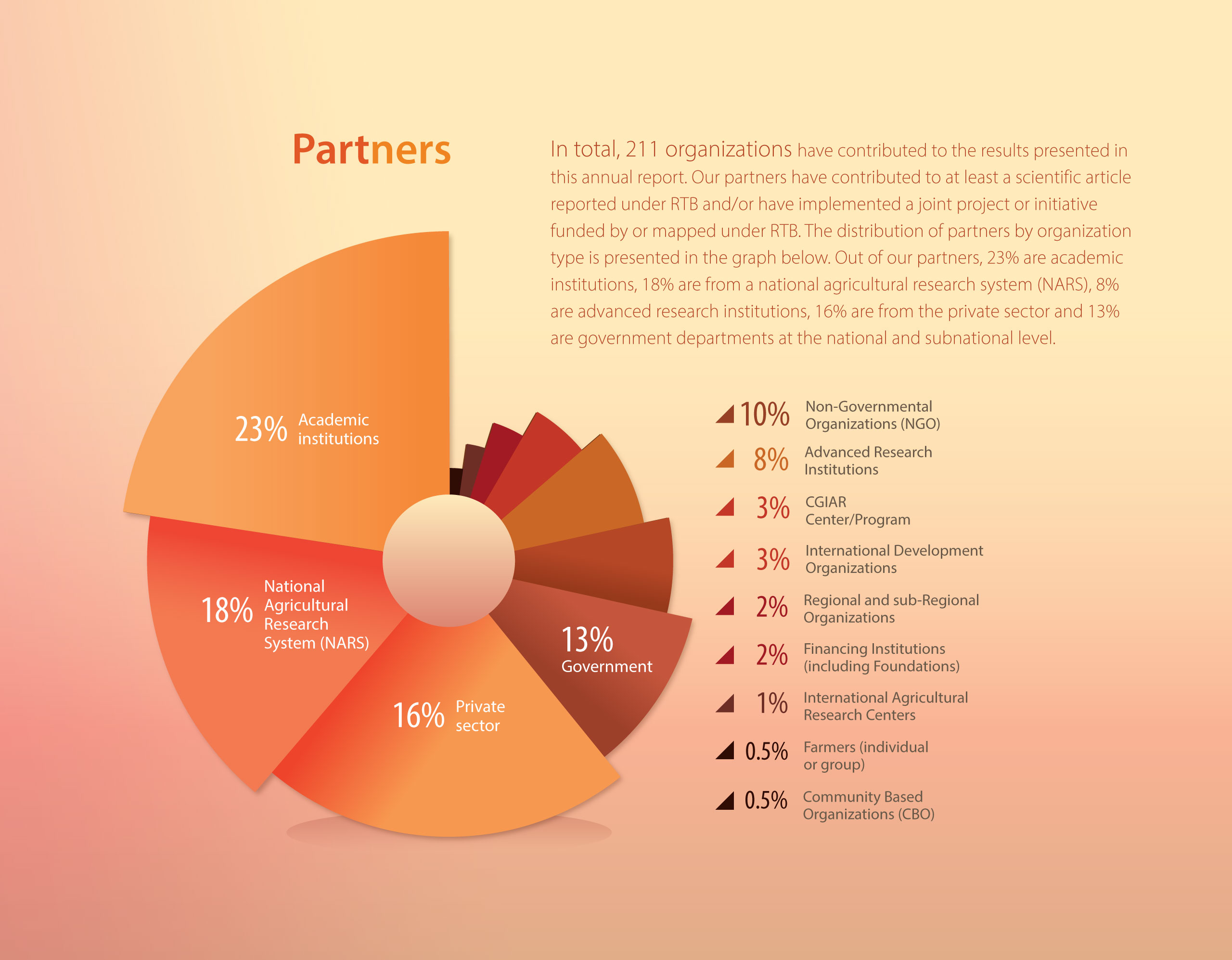

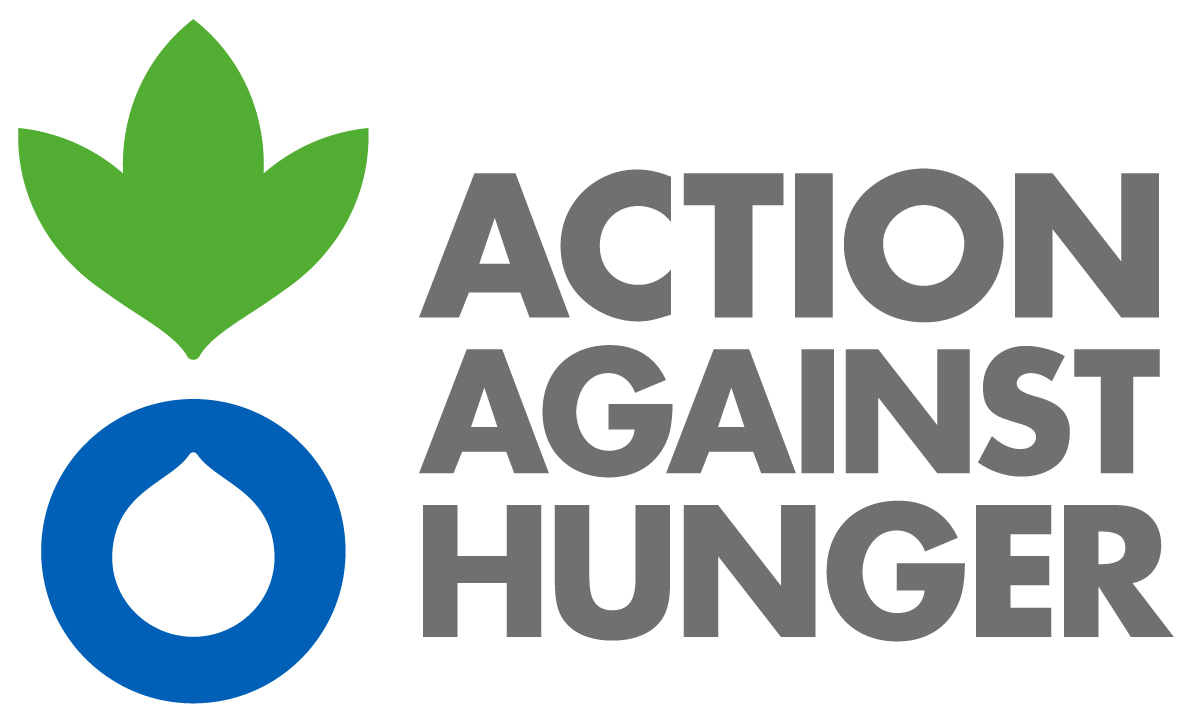






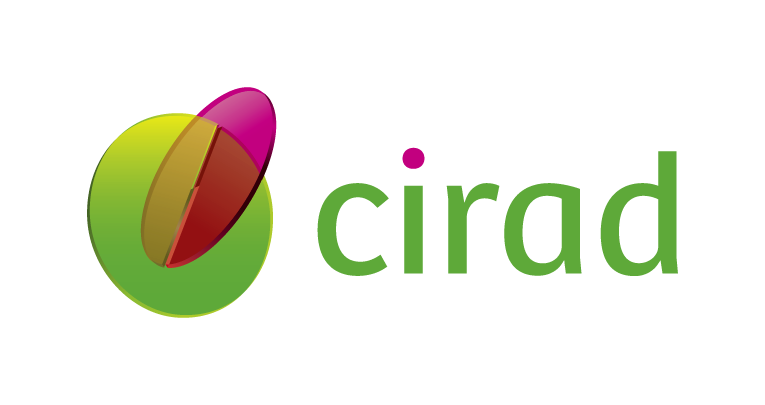


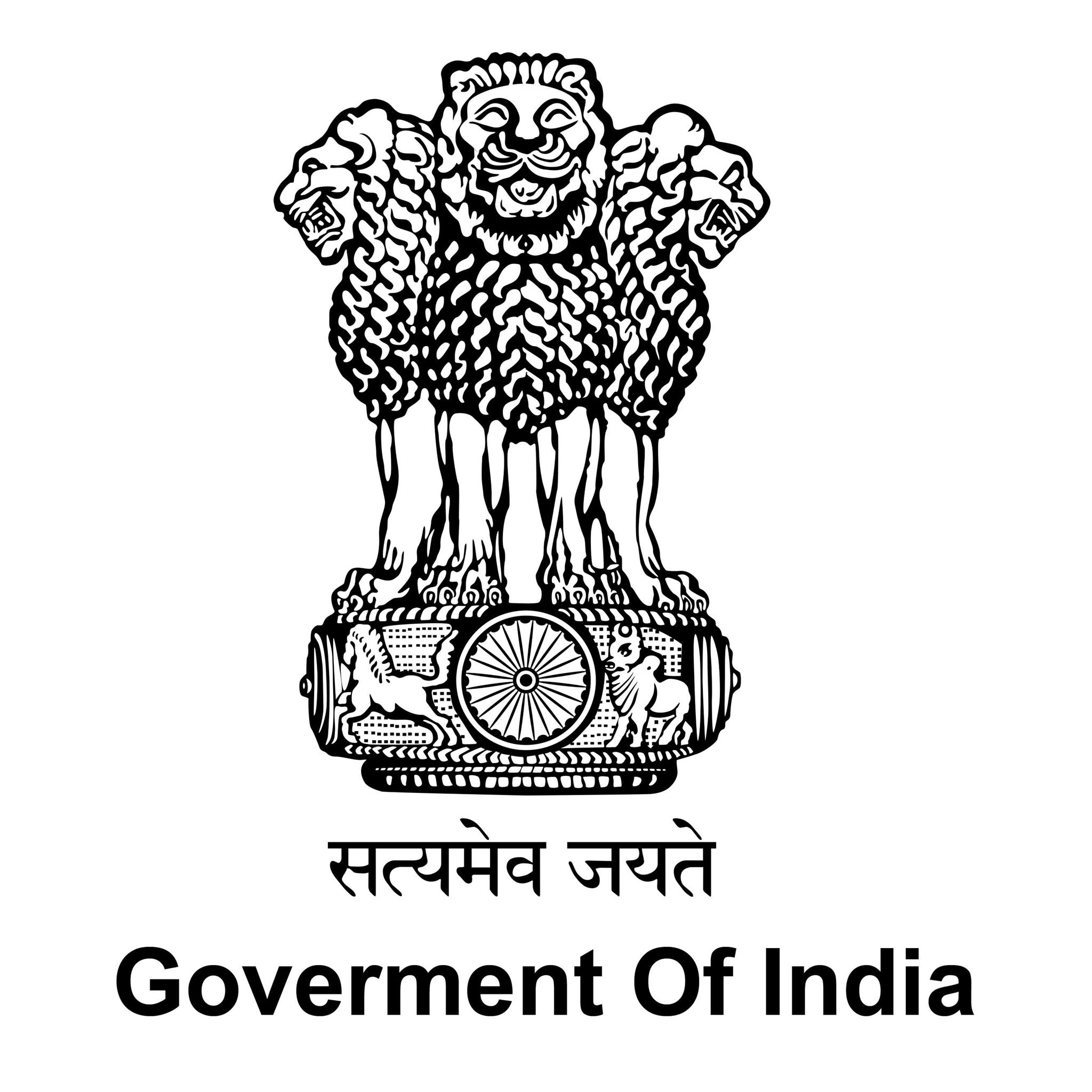
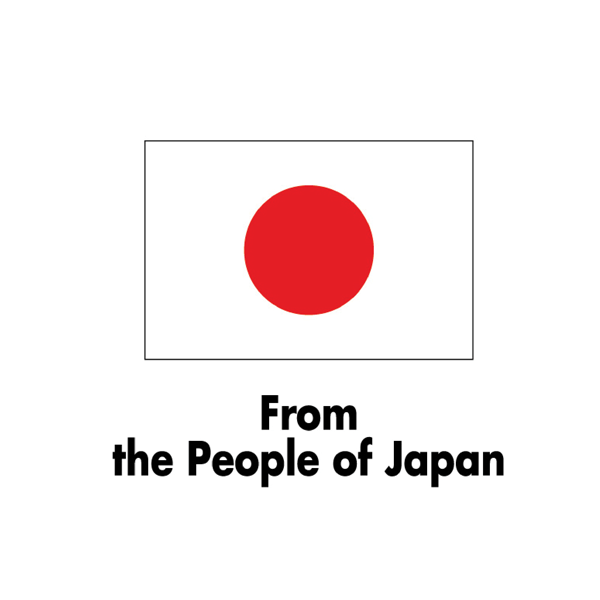



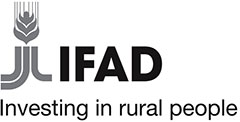
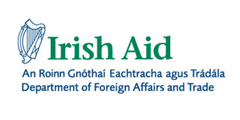
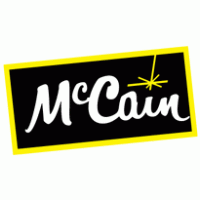






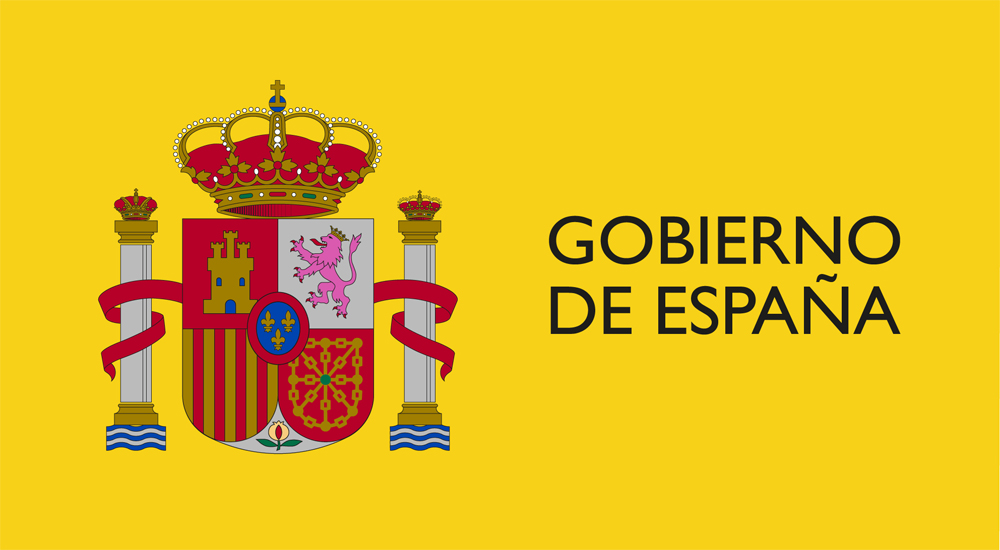
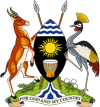
Government of Uganda


- Windows 1&2: funds are provided by the CGIAR to RTB for allocation across the agreed portfolio. Window 1 funds are allocated by the CGIAR System Organization to different CRPs including RTB, while Window 2 funds are designated by donors specifically to RTB.
- Window 3: funds are allocated by a Donor to a center using the centralized CGIAR trust funding facility. The Projects are mapped into RTB when they are consistent with the RTB portfolio.
-
Bilateral: funds are contracts directly negotiated and signed between a center and a donor. The Projects are mapped into RTB when they are consistent with the RTB portfolio.
RTB total expenditure in 2020 was USD 69.5M, or 77% of the budget, of which USD 17.6M (25%) was from W1&2, and USD 51.9M (75%) from W3, bilateral and centers’ own funds. W1&2 expenses reached 86% execution of the final budget and W3, bilateral and centers’ other own expenditure, reached 74% execution. The RTB flagships have an average execution of 87%. No flagship overspent.
The chart right shows the W1&2 budget and expenditure by flagship and the Program Management Unit (PMU) expenditure of USD 1.3M.
The distribution of budget by funding sources shows a relatively stable contribution of W1&2 over the two-last years with a reduction of USD 1.0M from USD 21.5M in 2019 to USD 20.5M in 2020.
The implementation rate in 2020 was 77%, a decline from 2019 (87%) and 2018 (85%). This was mainly because of the challenges of Covid-19, the late confirmation of W1-2 funds from Foreign, Commonwealth, and Development Office (USD 0.63M) and SMO additional supplemental W1 (USD 0.26M) funding that was not feasible for program participants to spend before the end of the year.
The cumulative expenditure reached USD 682.0M over the nine years of the program (USD 191.3M from W1&2, and USD 490.7M from W3, bilateral and center funds).
| Flagship W1-2 | Budget | ||||||||||
| Bioversity International |
CIAT | CIP | IITA | CIRAD | WUR | Partners | Add. Funds | PMU | TOTAL | ||
| FP1 : Enhanced Genetic Resources | 0.76 | 0.91 | 1.49 | 0.67 | 0.30 | - | 0.13 | 0.21 | - | 4.48 | |
| FP2 : Productive Varieties & Quality Seed | 0.51 | 0.47 | 2.19 | 0.67 | 0.02 | 0.08 | - | 0.28 | - | 4.23 | |
| FP3 : Resilient Crops | 0.83 | 0.46 | 0.69 | 1.37 | 0.08 | - | - | 0.37 | - | 3.81 | |
| FP4 : Nutritious Food & Added Value | 0.17 | 0.50 | 0.65 | 0.53 | 0.24 | - | 0.08 | 0.11 | - | 2.27 | |
| FP5 : Improved Livelihoods at Scale | 0.59 | 0.58 | 0.85 | 1.09 | 0.02 | 0.38 | - | 0.17 | - | 3.68 | |
| CRP Management & Support Cost | 0.04 | 0.07 | 0.08 | 0.08 | - | - | - | 0.06 | 1.75 | 2.07 | |
| TOTAL | 2.90 | 3.00 | 5.96 | 4.41 | 0.67 | 0.46 | 0.20 | 1.19 | 1.75 | 20.54 | |
| Flagship W1-2 | Expenses | ||||||||||
| Bioversity International |
CIAT | CIP | IITA | CIRAD | WUR | Partners | Add Funds. | PMU | TOTAL | ||
| FP1 : Enhanced Genetic Resources | 0.76 | 0.80 | 1.38 | 0.67 | 0.28 | - | 0.12 | - | - | 4.01 | |
| FP2 : Productive Varieties & Quality Seed | 0.51 | 0.40 | 1.98 | 0.71 | 0.02 | 0.07 | - | - | - | 3.70 | |
| FP3 : Resilient Crops | 0.83 | 0.42 | 0.61 | 1.32 | 0.08 | - | - | - | - | 3.25 | |
| FP4 : Nutritious Food & Added Value | 0.17 | 0.49 | 0.63 | 0.46 | 0.17 | - | 0.08 | - | - | 2.00 | |
| FP5 : Improved Livelihoods at Scale | 0.59 | 0.46 | 0.70 | 1.08 | 0.00 | 0.29 | - | - | - | 3.12 | |
| CRP Management & Support Cost | 0.04 | 0.05 | 0.08 | 0.08 | - | - | - | - | 1.27 | 1.52 | |
| TOTAL | 2.90 | 2.63 | 5.37 | 4.31 | 0.56 | 0.36 | 0.20 | - | 1.27 | 17.61 | |


